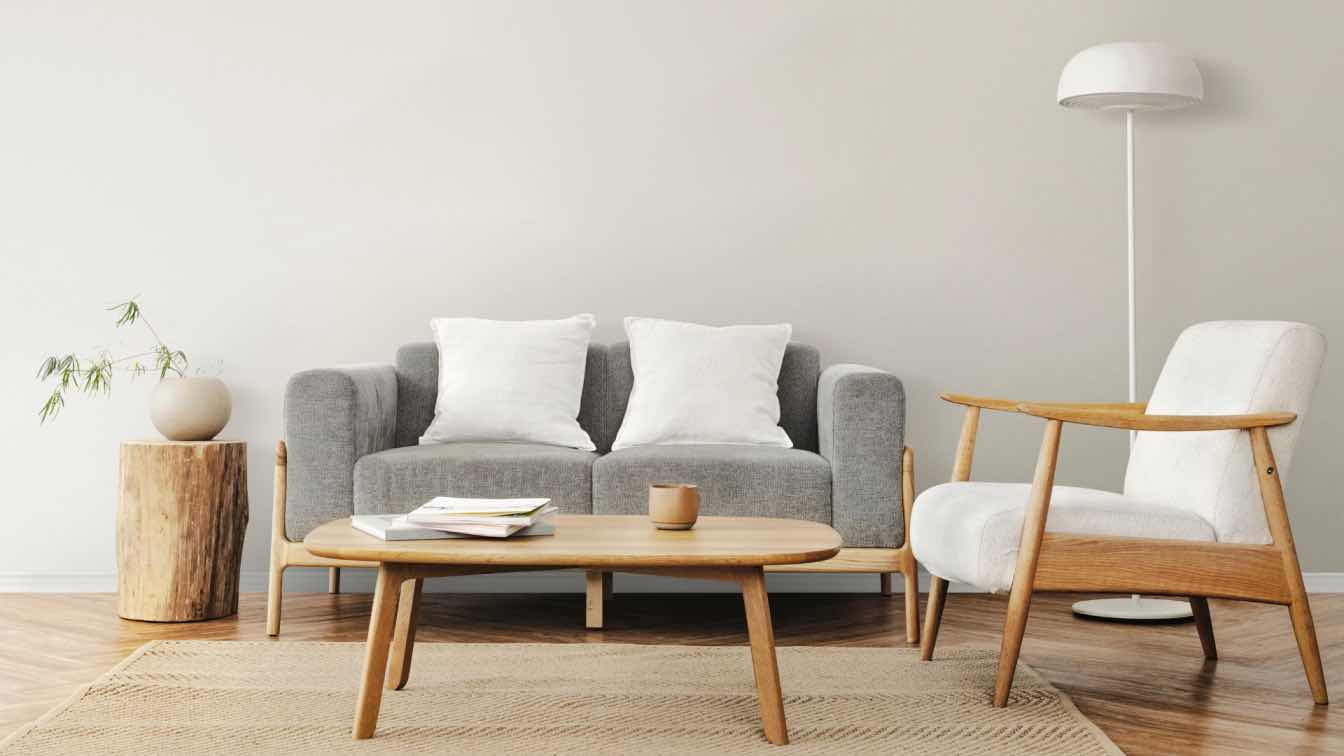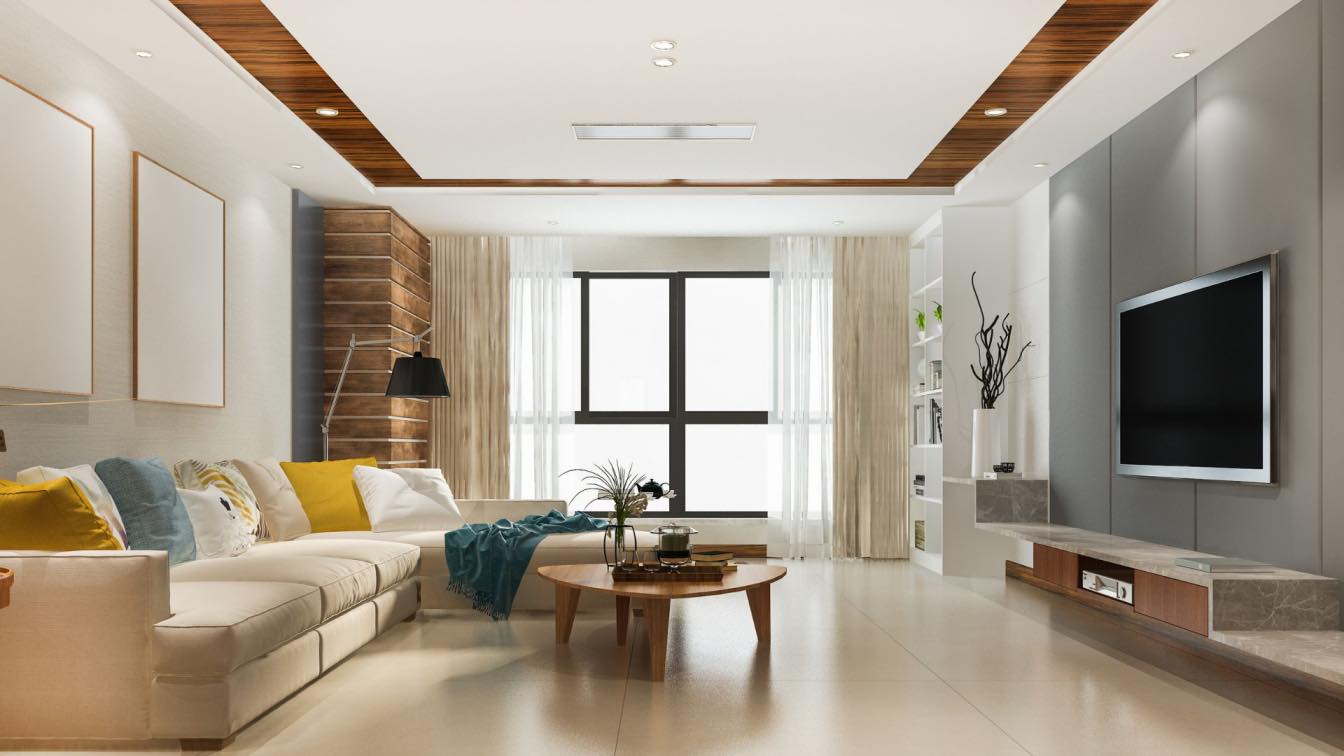Creating a home that resonates with warmth, comfort, and your unique personality goes beyond mere architectural design. It involves the deliberate selection and arrangement of furniture, a process that significantly impacts the overall ambiance and mood of your living spaces. This article delves into the nuanced ways furniture choices shape our homes' atmospheres, touching on psychological, aesthetic, and functional dimensions.
The Psychology Behind Space Utilization
Environmental psychology suggests that our surroundings can deeply influence our emotions, behaviors, and overall well-being. The furniture in our homes does more than fill space; it dictates flow, defines function, and can either elevate or dampen our mood. For instance, a cluttered room with mismatched furniture may evoke feelings of unease or stress, while a harmoniously arranged space promotes tranquility and satisfaction.
Understanding the psychological underpinnings of space utilization enables us to craft environments that inspire positive emotions and behaviors. For example, incorporating open spaces and minimalistic furniture can foster a sense of freedom and creativity, whereas cozy, plush furnishings might enhance feelings of security and relaxation.
Color Theory in Furniture Selection
The hues chosen for furniture play a pivotal role in setting a room's mood. Color theory helps us understand how different shades affect human psychology and can be strategically used to create desired emotional responses. Warm colors, such as reds and oranges, are known to evoke feelings of warmth and excitement but can be overpowering if overused. On the other hand, cool colors like blues and greens tend to soothe and calm, making them ideal for bedrooms and bathrooms.
Selecting furniture colors should be an intentional process, with consideration given to the mood you wish to evoke in each room. For instance, incorporating a vibrant yellow sofa can add a burst of energy and optimism to a living room, while a deep blue armchair might invite relaxation and contemplation.
Emotional Impact of Furniture Styles
Every furniture style carries its emotional weight and aesthetic appeal. Modern furniture, characterized by its clean lines and simplicity, can create a sense of order and efficiency. In contrast, traditional furniture often evokes a sense of history and permanence, providing a comforting connection to the past. Bohemian and eclectic styles, with their mix of colors, patterns, and textures, can stimulate creativity and a sense of adventure.
Understanding the emotional impact of these styles allows individuals to choose furniture that not only meets their aesthetic preferences but also supports their emotional well-being. It's also worth noting that blending different styles can create a dynamic and personalized space that reflects a multifaceted personality.
Prioritizing Functionality and Comfort
The functionality and comfort of furniture are fundamental in shaping a space's mood. Ergonomically designed pieces not only support physical well-being but also contribute to a sense of ease and contentment. Comfortable seating, efficient storage solutions, and user-friendly designs can transform a home into a sanctuary of comfort and practicality.
Moreover, furniture that meets the specific needs of its users—such as adjustable desks for home offices or modular sofas for flexible living spaces—enhances the functionality of a home, making daily routines more enjoyable and less stressful.
The Role of Lighting
Lighting, in tandem with furniture, can dramatically alter the perception and mood of a room. The right lighting can highlight furniture pieces, create depth, and set the tone of a space. Natural light, when combined with light-colored or reflective furniture, can make a room feel more spacious and uplifting. Conversely, soft, warm artificial lighting can enhance the coziness of a room, making dark or richly colored furniture seem more inviting.
Strategic placement of lighting fixtures, in relation to furniture, can also affect the mood of a space. For example, a floor lamp placed next to a reading chair creates a perfect nook for relaxation and introspection, while pendant lights over a dining table can foster a sense of intimacy and communal gathering.
Spatial Arrangement and Perception
The way furniture is arranged has a profound impact on how space is perceived. A well-considered layout can make a room feel larger, more inviting, or more intimate. For instance, furniture placed in a circular arrangement promotes conversation and social interaction, making the space feel welcoming and inclusive. Conversely, linear arrangements can create a more formal and orderly atmosphere.
Utilizing furniture to define different areas within an open-plan space can also influence the mood, creating distinct zones for dining, lounging, or working without disrupting the overall flow of the home.
Embracing Personalization
Incorporating personalized furniture pieces into your home can significantly enhance the emotional connection to your space. Custom or handpicked pieces that reflect personal tastes, experiences, or memories contribute to a sense of identity and belonging. Whether it's a bespoke bookshelf, a vintage table inherited from a loved one, or a piece of art transformed into a functional furniture item, these elements add depth and character to a home.
Personalization also extends to the choice of fabrics, textures, and accessories, allowing individuals to express their unique style and preferences. This level of customization not only creates a more engaging and reflective living environment but also enhances the emotional resonance of a home.
Leveraging Real-Life Transformations
Examining real-life examples of furniture transformations provides tangible insights into the impact of thoughtful design choices. Before and after case studies often reveal how changing a single piece of furniture or rearranging a room can completely alter its mood and functionality. These transformations can serve as inspiration, demonstrating the power of furniture to rejuvenate spaces and enrich our living experiences.
Practical Advice for Furniture Selection
Choosing the right furniture involves balancing aesthetic preferences with practical considerations. Start by assessing your space, considering factors such as size, natural light, and existing architectural features. Then, define the primary function of each room, which will guide your furniture choices and arrangement. Remember to prioritize quality and durability, opting for pieces that not only look good but also withstand the test of time.
When selecting furniture, also consider its scalability and versatility, especially if you anticipate future moves or changes in your living situation. Flexible furniture solutions, such as extendable tables or modular sofas, can adapt to different spaces and needs, providing long-term value and utility.
The furniture in our homes plays a crucial role in shaping the mood and atmosphere of our living spaces. By understanding the psychological, aesthetic, and functional aspects of furniture selection and arrangement, individuals can create environments that not only reflect their personal style but also enhance their well-being and quality of life.





